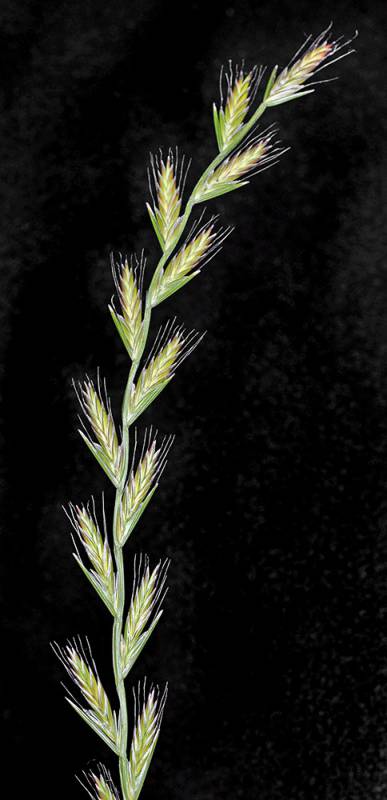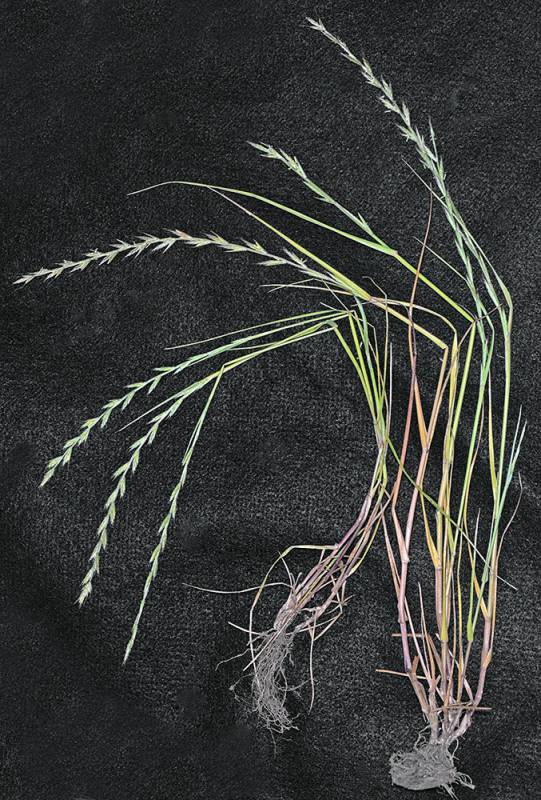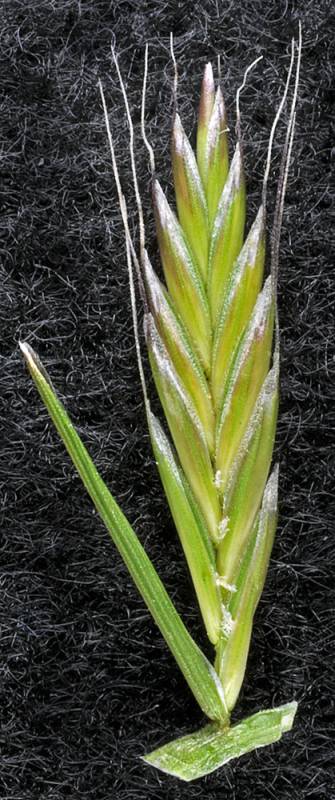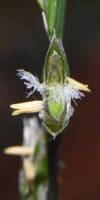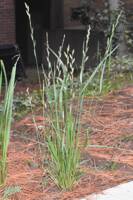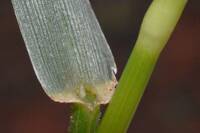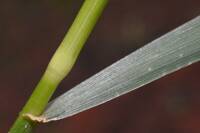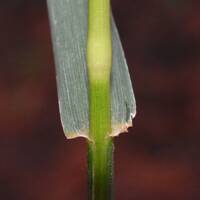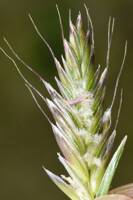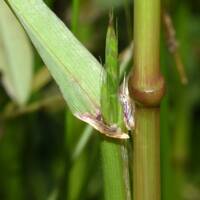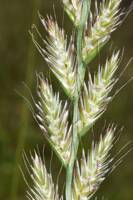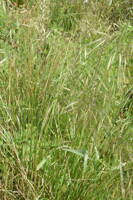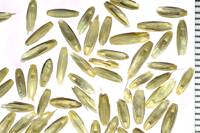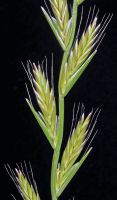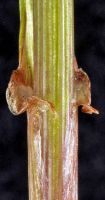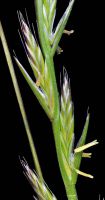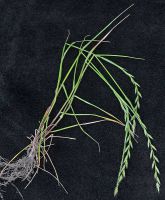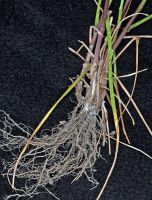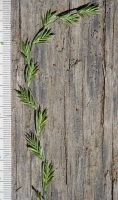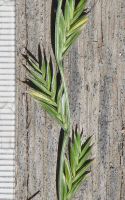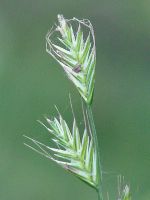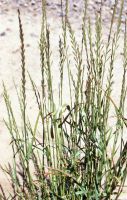Distribution: Occurring on both sides of the Cascades crest in Washington; Alaska to California, east across North America to the Atlantic Coast.
Habitat: Roadsides and waste ground.
Flowers: May-July
Origin: Introduced from Europe
Growth Duration: Biennial, Perennial
Conservation Status: Not of concern
Pollination: Wind
Glabrous biennial or short-lived perennial, the hollow culms 5-12 dm. tall.
Sheaths open; auricles well-developed on most of the leaves, up to 1.5 mm. long; ligules 0.5-1.5 mm. long, membranous; blades 4-8 mm. broad, flat or slightly involute.
Inflorescence a single terminal spike 10-25 cm. long, the spikelets on opposite sides of the continuous rachis to which they are attached edgewise; spikelets 8- to 15-flowered, up to 2.5 cm. long; glume acute, 7-12 mm. long, the glume next to the rachis lacking except on the terminal floret; lemmas slightly bifid, 5-nerved, usually with a sub-terminal dorsal awn 2-8 mm. long; paleas subequal to the lemmas, firm, 2-nerved.
Publication: Fl. Franç. 3: 621. 1779.
Lolium multiflorum Lam. var. diminutum Mutel
Lolium multiflorum Lam. var. muticum DC.
Lolium perenne L. ssp. italicum (A. Braun) Husnot
Lolium perenne L. ssp. multiflorum (Lam.) Husn.
Lolium perenne L. var. aristatum Willd.
Lolium perenne L. var. multiflorum (Lam.) Parnell
PNW Herbaria: Specimen records of Lolium multiflorum in the Consortium of Pacific Northwest Herbaria database
WA Flora Checklist: Lolium multiflorum checklist entry
OregonFlora: Lolium multiflorum information
E-Flora BC: Lolium multiflorum atlas page
CalPhotos: Lolium multiflorum photos

